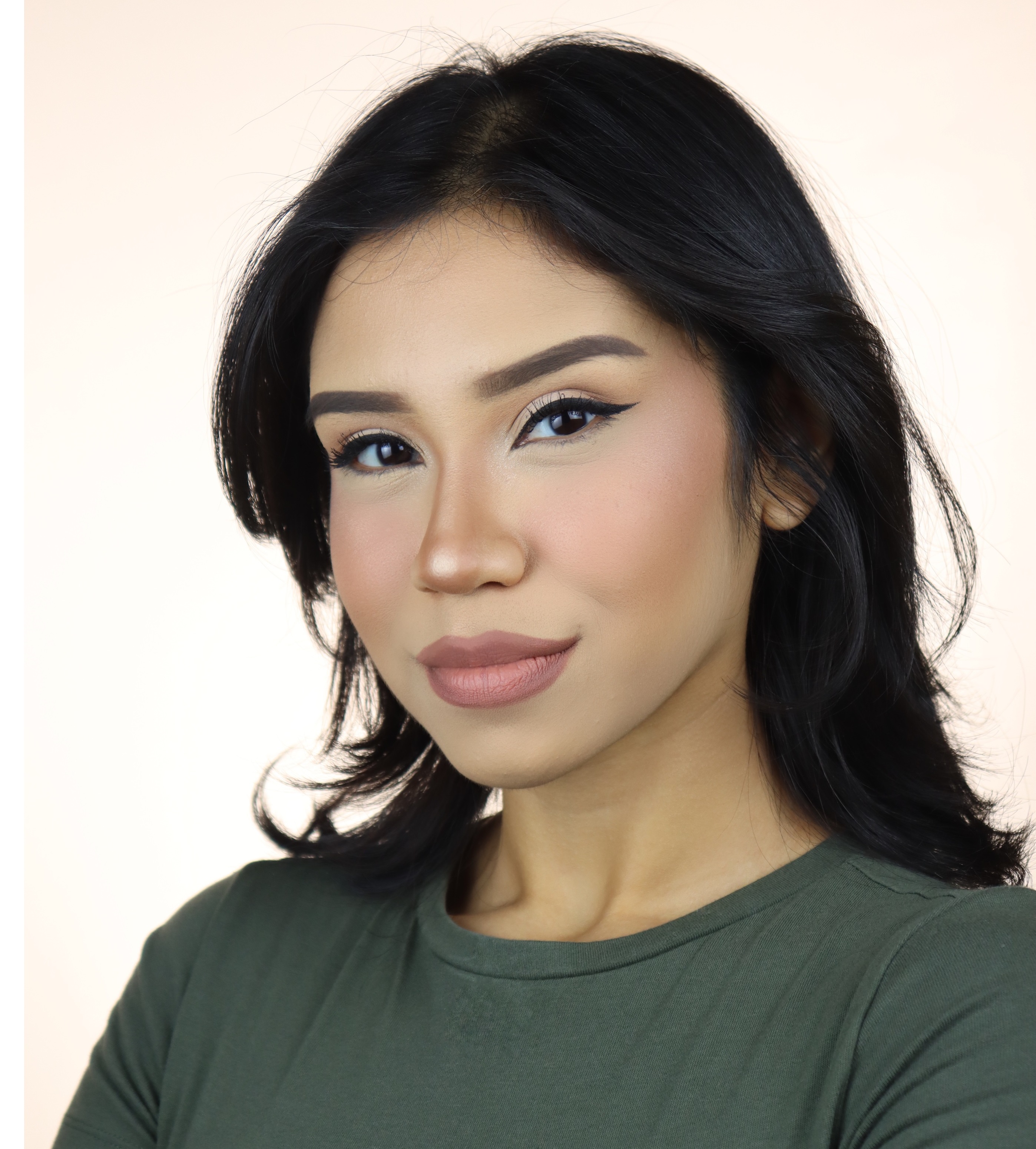Free UX Design Course
Dive into UX design with our free starter course. Transform your creative ideas into user-friendly solutions.
As colleagues working on UX projects at Whirlpool Corporation, Meg and Alex Clayton are each other’s biggest supporters. But, said Meg, “we are also each other’s toughest critics—and aren’t afraid to lay it all out there when it comes to giving each other feedback.”
There are pros and cons to working so closely with one’s partner. “I love working with Alex because we keep each other honest with our work,” Meg said. But “it can be a little too easy to talk about work.”
“We do end up taking our work home with us,” said Alex, “but that can also be fun when it’s something we’re both very passionate about.”

They’re clearly passionate about UX.
“I love UX because it’s one type of design that goes beyond ourselves as the designers,” Meg said. “With UX, there is a lot of depth and research that goes into the day-to-day decision making, which makes what we do more meaningful for our users. I love that it’s the perfect blend of data-driven insights and creative problem-solving and collaboration with cross-functional teams.”
Alex appreciates how much analytical thought is required to come up with solutions to complex problems. “Despite what they say, most people don’t really know what they want,” he said, “so I enjoy being able to try and understand why something is a problem and provide an accurate solution to it.”
The duo is so enthusiastic about their industry that they devote some of their out-of-office hours to mentoring Springboarders learning UX design skills.
Related: What is UX Design?
Alex discovered mentor-guided online learning while taking a front-end development course. “I really enjoyed the concept and experience and felt like I could give something back to others who want to learn about UX,” he said.
Meg joined him after seeing “how much he loved mentoring,” she said. But she also has a background in education, which she studied before design.
“Teaching and mentoring students is something I’ve been passionate about for a while,” she said. “I love Springboard because it allows me to keep my day job, while in the evenings, I get to support and advise others just starting in the field.”
Alex has looked up to many unofficial mentors through the years. “One in particular is a grad school professor who is absolutely amazing,” he said. “He has taught me a lot about life, UX, and careers.”
Meg can point to several mentors she’s turned to for different types of guidance and support during different professional phases.
“Early in my career, I had a mentor who helped me find my voice as a woman in tech,” she said. “I had a mentor who helped me understand the business side of what we do. I also have a mentor who challenges me and helps push my thinking as a designer… the growth I’ve experienced from all these individuals has been invaluable.”
Now they’re giving back as Springboard mentors—Alex since 2016 and Meg since 2017.
Among Meg’s most memorable moments is working with a mentee with a business background who enrolled in Springboard’s UX design course to better understand and communicate with designers at his company. “That person ended up loving the course so much that they decided to continue building their portfolio to help them pursue UX opportunities,” Meg said.
While mentors and mentees often live in different parts of the world, Alex recently had the opportunity to meet a mentee during a vacation with Meg. “We got together with her for some drinks and had some great discussions about UX and careers,” he said.
Both Claytons certainly have a lot of UX wisdom to share with mentees, especially when it comes to the marriage of physical and digital objects, which they focus on at Whirlpool.
“There’s an added challenge of understanding how everything works together and designing for the physical product constraints,” said Alex, a senior UX designer at the company.
Related: What Does a UX Designer Do?
Get To Know Other Design Students
Mireya Luna
Student at Springboard UI/UX Design Bootcamp
Kashif Ross
UX Analyst at Circulo
Bria Fauntleroy
Springboard X Blacks In Technology Fellow at Springboard
One example: “We might be designing an oven with a digital interface, but the way we define that interface goes beyond the LCD,” said Meg, a UX/UI designer. “We might have to design a coordinating printed interface, interactions with knobs, voice control, and potentially even accessories such as thermometers. We are interested not only in how someone might use an app or a digital product interface, but how they cook, do laundry, or wash dishes in their home.”
Alex spends a lot of his time during the design phase creating the information architecture of the user interface and designing user stories for each product requirement, along with creating and moderating usability studies.
There’s also a substantial amount of collaboration with other teams: working with marketing and engineering, for example, to define product requirements, understand technical limitations, and review with stakeholders.
And those collaborations sometimes include each other. That process is now old hat for Meg and Alex. In fact, both single out a project they worked on together is one of their most memorable.
“It was a big initiative—over 30 connected products globally, with one cohesive design system that scales across every type of major appliance,” Meg said. ”It brought a new set of challenges because we had to design for multiple physical product interfaces, as well as accounting for different user needs between regions. From research, we know that the way people cook in Europe is not always the same as how people cook here. It took a lot of collaboration from a cross-functional team, but it was a huge learning opportunity for us.”
We couldn’t let Meg and Alex go without asking about their preferred design tools. Not surprisingly, they share a couple of faves:
Meg: My favorite tool for any design work is Sketch. It supports everything from low-fidelity wireframes to high-fidelity UI designs. The other cool thing about Sketch is the variety of plugins and complimentary apps. For project management and version control in Sketch, I am a big fan of Abstract. I also really love Proto.io and InVision for prototyping.
Alex: For wireframing, my go-to is always Sketch, but I’ll still use Adobe Illustrator on occasion. For prototyping, my go-to is Proto.io, however prototyping is one of my personal interests and I have tried out many different tools. I have really enjoyed the challenge of trying to learn Framer lately, which is more of a code-based prototyping tool.
Since you’re here
If you want to work in design, you can. It’s that simple. With our UX Bootcamp, we’ll help you launch your design career in 9 months or less. Browse our free UX salary guide to see what you could be making






